The Porsche 928 Wasn’t Risky Business—It Epitomised Style, Comfort, and Performance
What’s the first Porsche model that leaps to mind?
Most likely it’s 911, which isn’t just the brand’s longest-running vehicle but also one of the most iconic sports cars of all time. There are also some Porsche diehards out there who might name one of the marque’s many competition-conquering racers, like the 917K or 935/78 “Moby Dick,” or one of its boundary-pushing supercars, like the 959 or Carrera GT.
One name you’re unlikely to hear, though, is that of the 928. Porsche’s “other” sports car of the 1980s and early 1990s is all but forgotten these days. It was never able to knock the 911 off its perch at the top of the Porsche lineup, but the stylish and comfortable two-door did help redefine what a Porsche could be.
The 928 was an attempt by the German marque to do something new. Debuting in 1977 (it was launched as part of the company’s 1978 lineup), Porsche’s first production V-8 combined style and substance like few other vehicles of its era, helping pave the way for more luxurious models, such as the Panamera and Taycan, that would follow in later decades. It’s also one of the movie cars of the 1980s, thanks to its appearance in Risky Business. That’s enough to earn most cars legendary status, but Porsche is not just any automaker.
Below are five reasons why we feel the Porsche 928 is a modern classic that deserves more respect.
A Breath of Fresh Air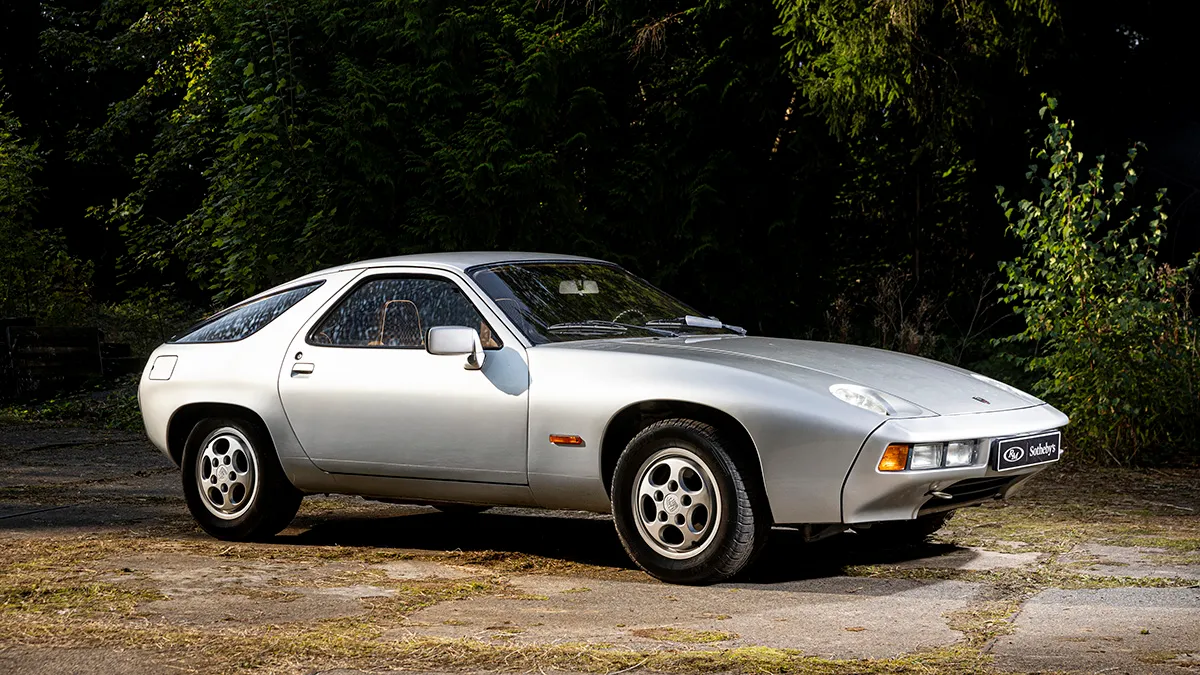
The 911 proved that Porsche could design and manufacture an elite sports car. However, by the mid-1970s, that was no longer enough. Not only had the model lost its novelty, but the 1970s oil crisis had also made inefficient performance vehicles significantly less appealing to customers, even those in the market for a Porsche. The company’s managing director, Ernst Fuhrmann, thought it was time for a completely new flagship car, one that would combine the best elements of a sports coupé and luxury sedan. The result, which took much of the decade to develop, was the 928, a sleek grand tourer that retained its sporting spirit but was significantly more comfortable to drive and ride in.
Sophisticated Style, Inside and Out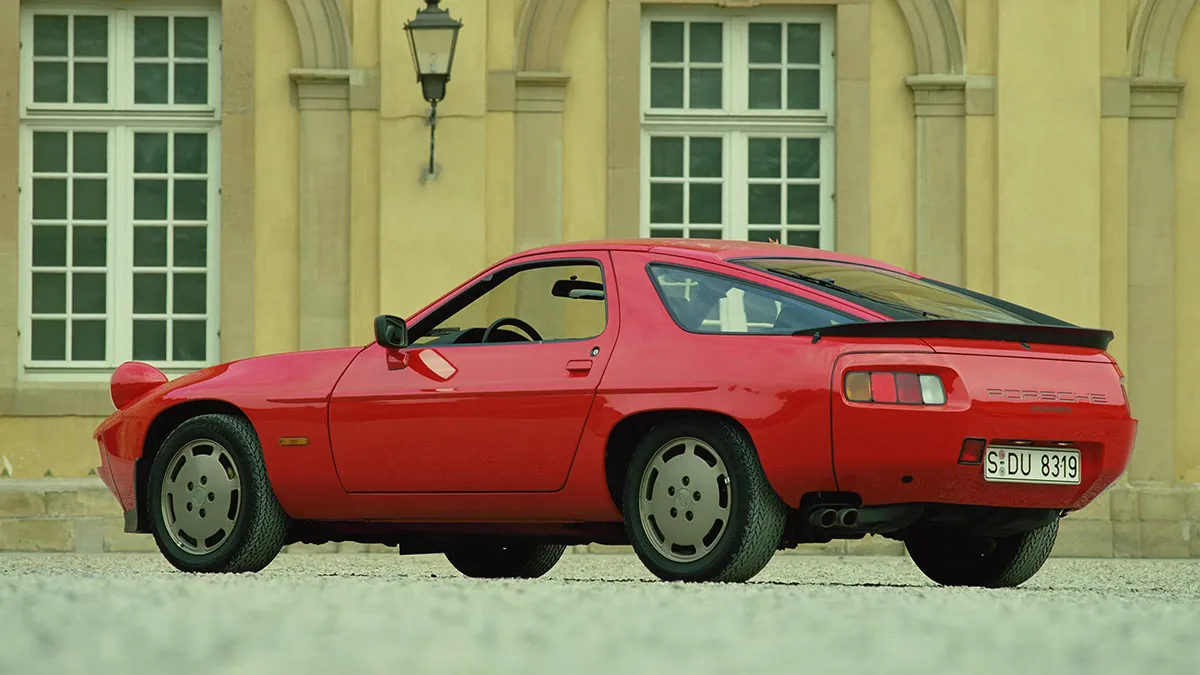
The 928 has the distinction of being the first Porsche-designed car from the ground up. The two-door’s exterior, which Wolfgang Möbius penned, was defined by three main elements: clean lines, a long nose, and a fastback-style roofline. There was no mistaking the 928 for the 911 or the recently discontinued 914. It also had a set of distinctive pop-up headlamps. Unlike other similar front lights, the 928’s set remained visible even when retracted into the body. The grand tourer’s look remained almost unchanged during its 18 years on the market, although its lines became more defined, and spoilers were added to later variants, such as the S, which debuted in 1980.
The 928 didn’t just look more modern than the 930-series 911, it felt it too, especially inside the cabin. One notable feature was an instrument cluster that moved in unison with the adjustable steering wheel to maximise visibility. And, because it was a grand tourer rather than just a sports car, it was also roomier. Although it and the 911 featured a 2+2 seating configuration, the 928’s rear could actually fit people, even if things were still a little cramped. The back bench could also be folded down to increase storage area in the trunk, which was accessible via the rear hatch.
Porsche’s First V-8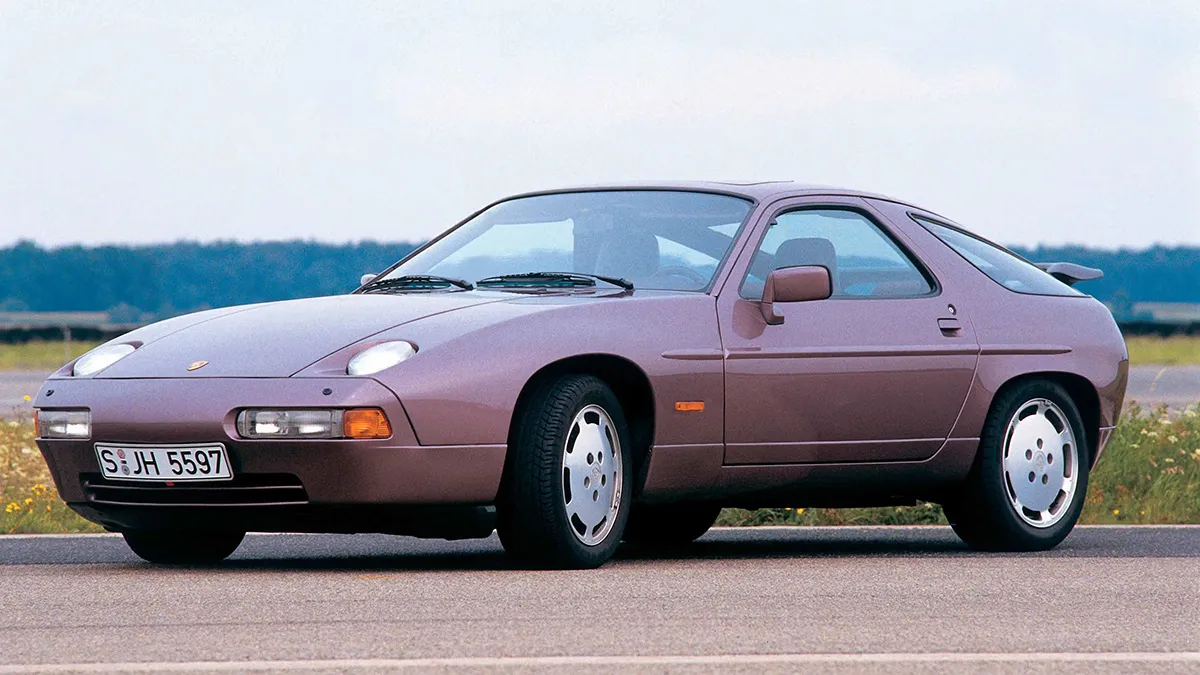
The 928 wasn’t just noteworthy for being Porsche’s first fully original design. It was also its first production model to be equipped with a V-8 and its first to feature a front-positioned engine (the 911’s mill was, and remains, located in the rear). That engine also may have been the car’s most controversial feature—and remains so to this day.
There are plenty of purists out there who will tell you that an air-cooled flat-six should power a true Porsche. But not only did the rear-wheel-drive 928’s mill feature eight cylinders, it was also water-cooled. The V-8 found in the first 928, which came mated to either an automatic or manual gearbox, had a 4.5-litre displacement and produced 237 hp (or 291 hp in North America due to local regulations), posting numbers comparable to those of the 911. The engine would evolve over the years, with the most potent featuring in the GTS variant, which was sold between 1993 and 1995. The 5.4-litre mill produced 345 hp, enabling the car to sprint from zero to 60 mph in 5.7 seconds and reach a top speed of 171 mph.
A Tom Cruise Co-Star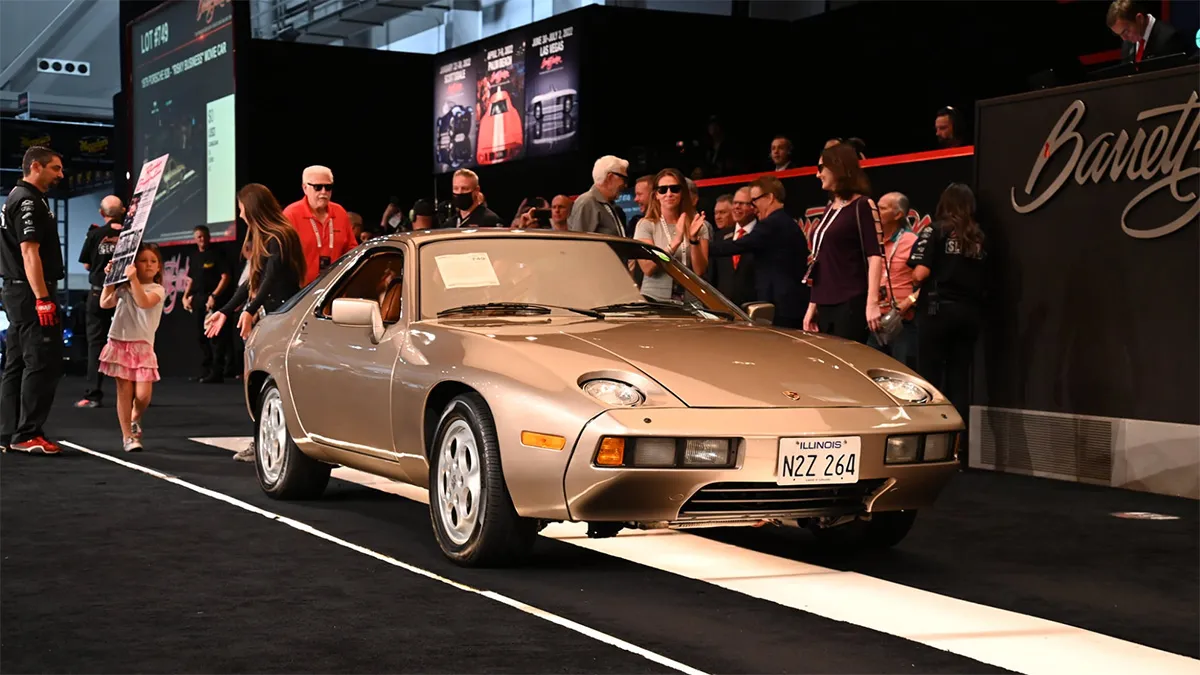
The 928 was also there when Tom Cruise became a bona fide star. The car makes an appearance in one of the actor’s first headlining films, Risky Business, in which he plays Joel Goodson, a high school student who turns his parents’ house into a brothel while they’re away. In one of the movie’s most exciting scenes, Joel uses a gold 1979 928 and its potent V-8 to outrun a competitor in a Cadillac Coupe Deville. With trouble in the rearview mirror, Cruise, who actually drove the car, turns to one of his passengers and says, “Porsche. There is no substitute.”
People are Starting to Come Around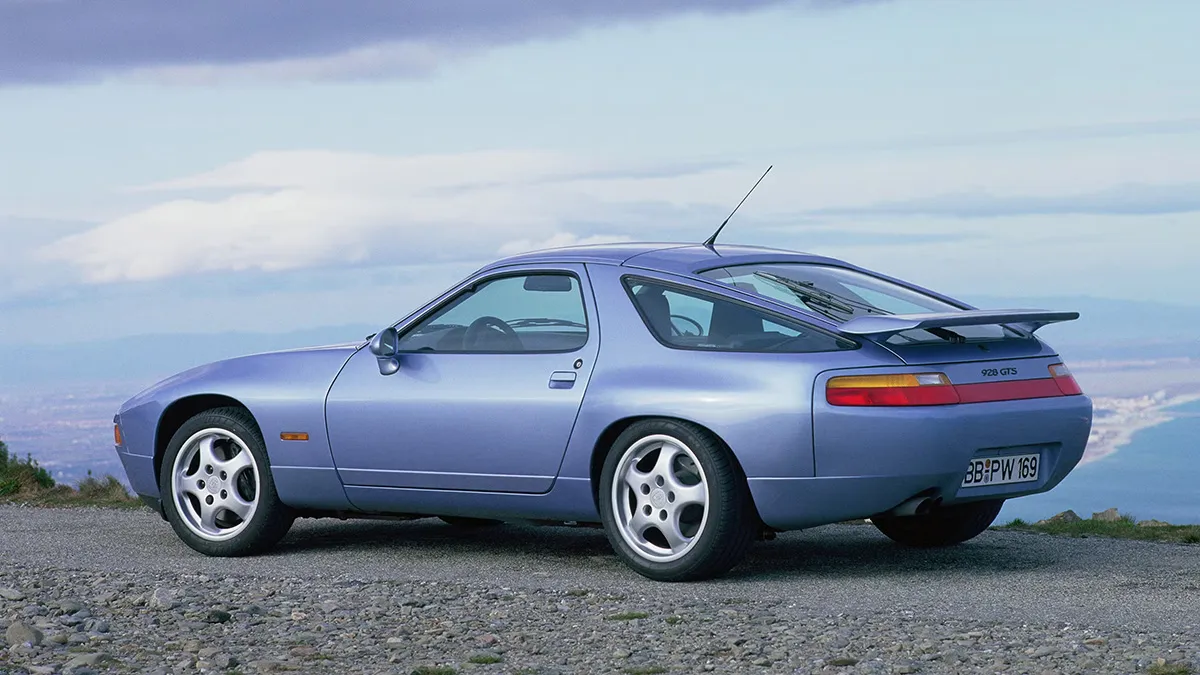
There may have initially been a thought that the 928 could unseat the 911, but it soon became clear that wasn’t going to happen. Despite this, the 928 was no flop. Over the 18 years it was in production, Porsche built more than 61,000 examples of the model. You can regularly find a 928 for a relative bargain on auction platforms like Bring a Trailer (especially if you’re looking for a project car). But those numbers have begun to climb in recent years. The site had only seen one 928 sold for more than $100,000 before 2020, but more than 20 in the years since, including a 1995 GTS variant with a five-speed manual that sold for $232,000 earlier this spring. That’s not even the most expensive 928 sold this decade, though. That title belongs to the gold example used in the filming of Risky Business, which Barrett-Jackson sold for $1.8 million in 2021.






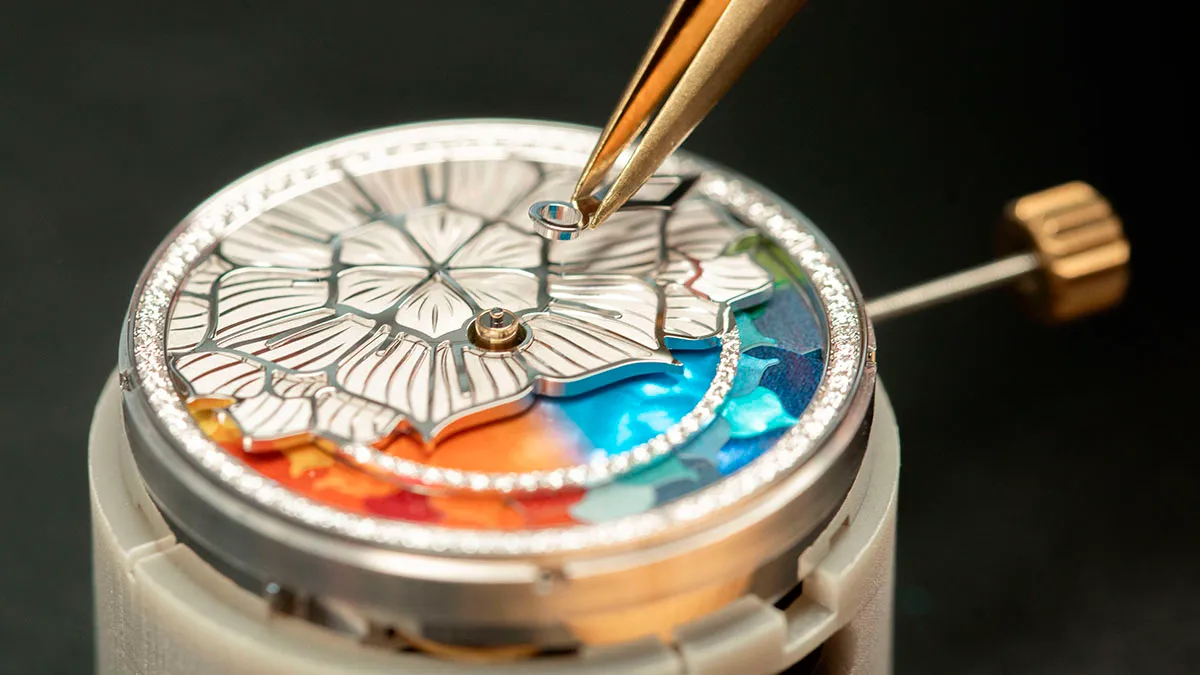
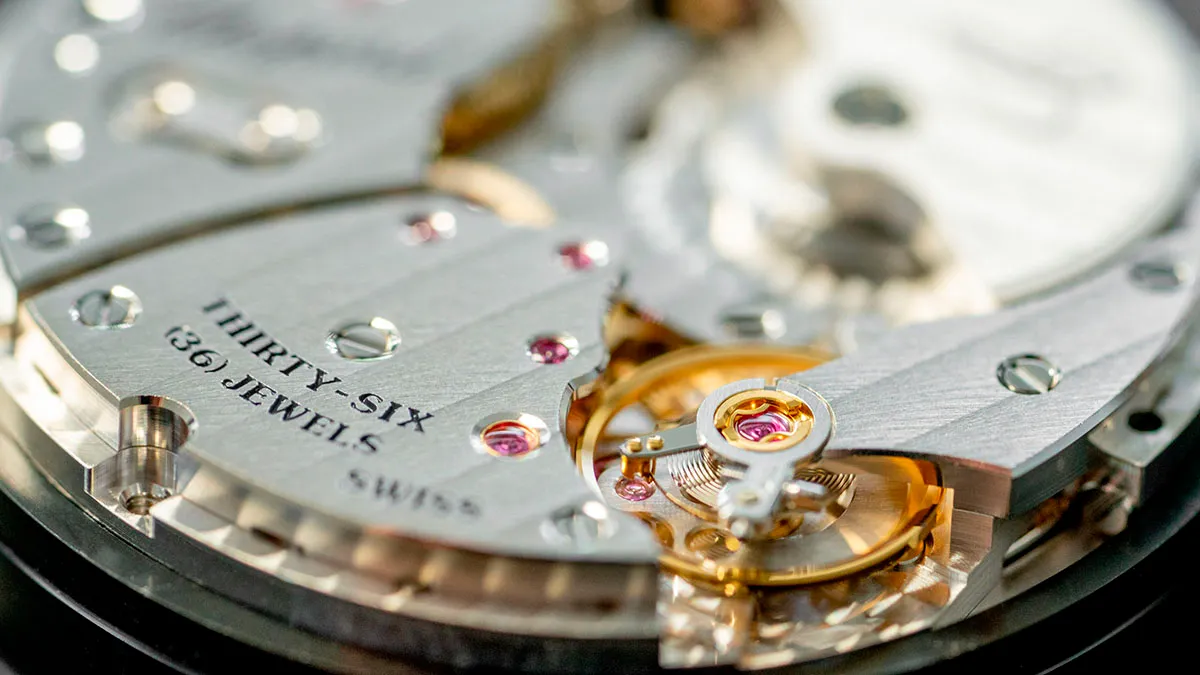
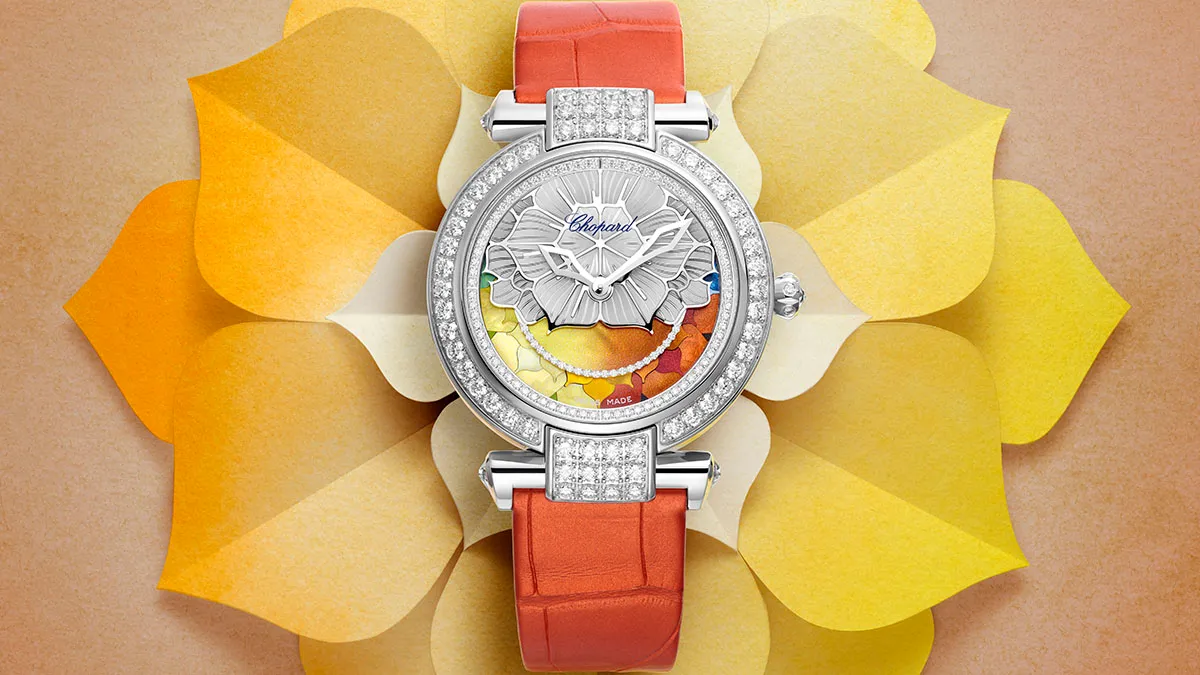







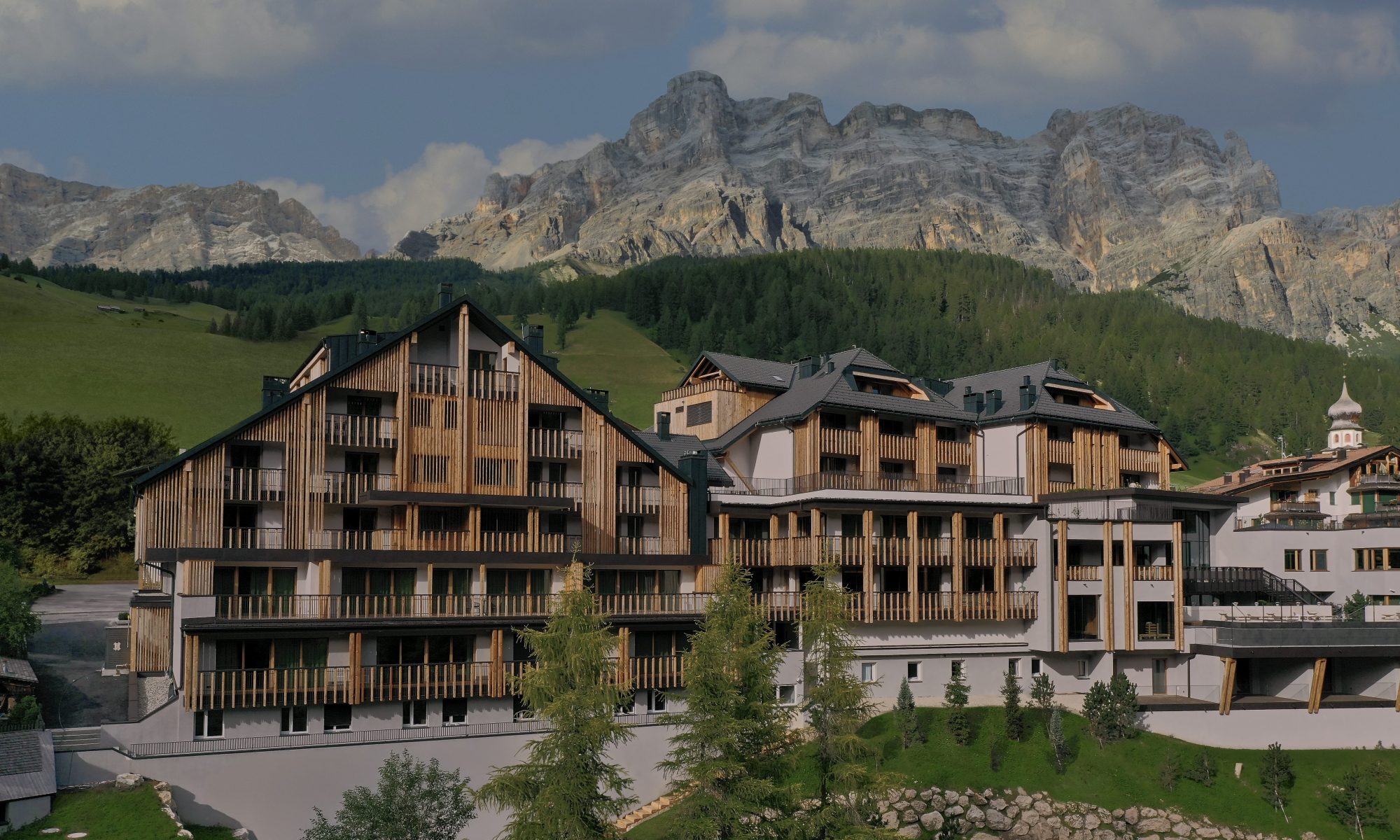
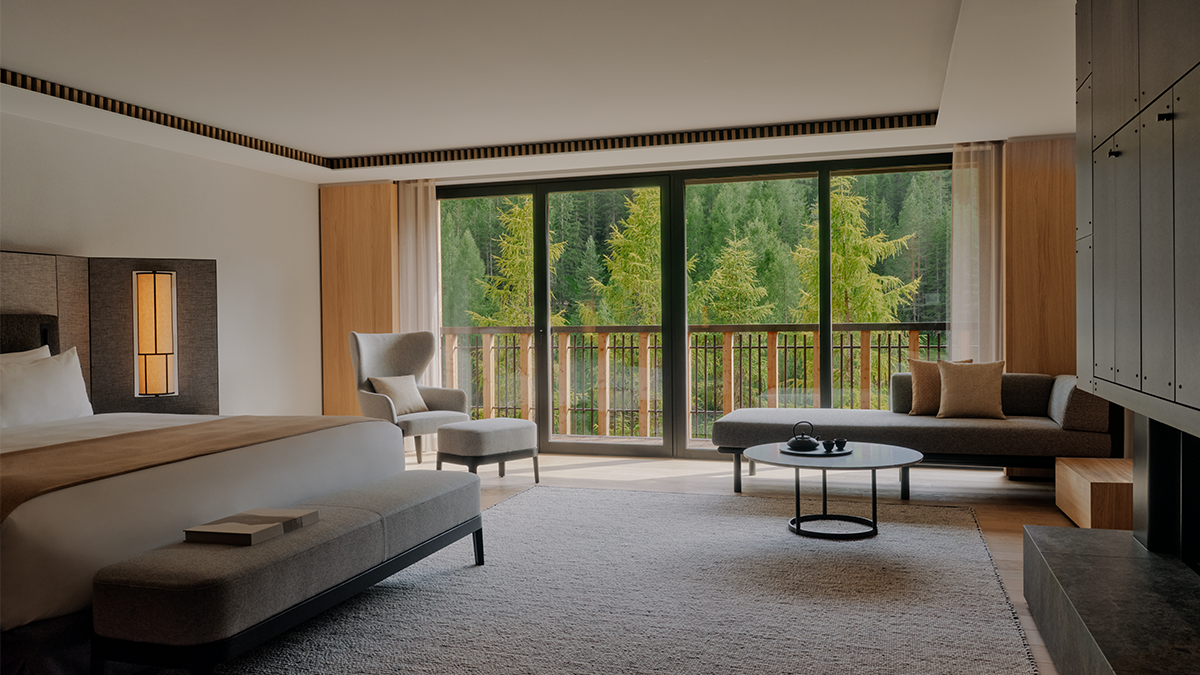
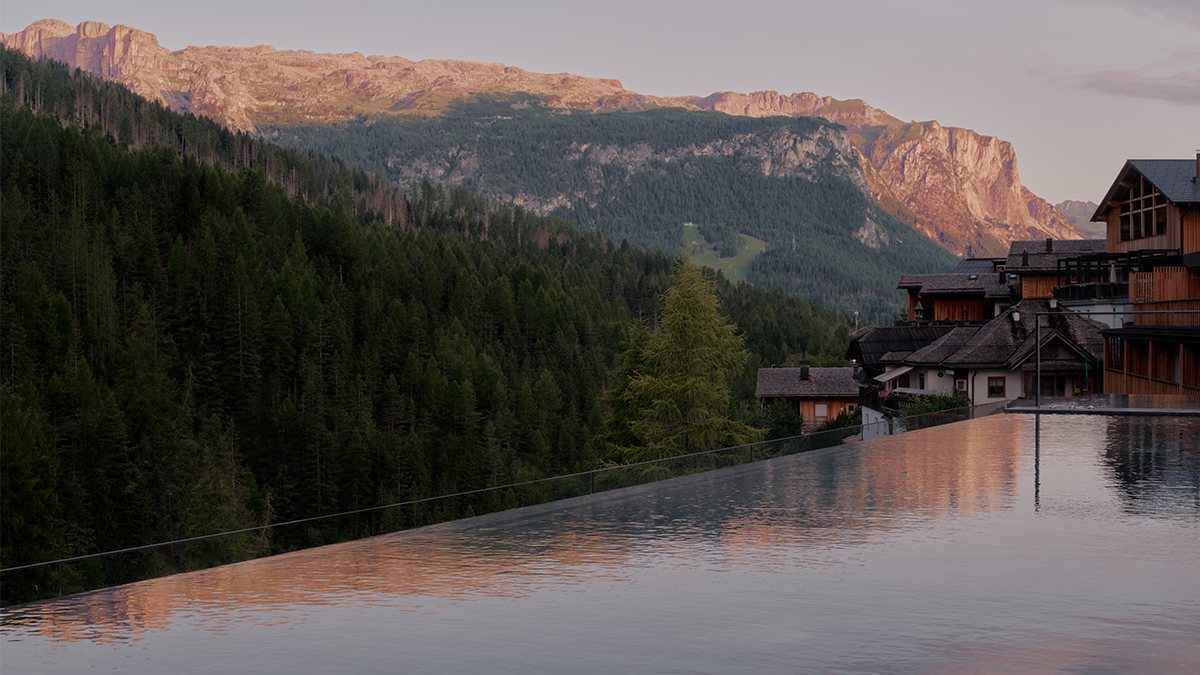
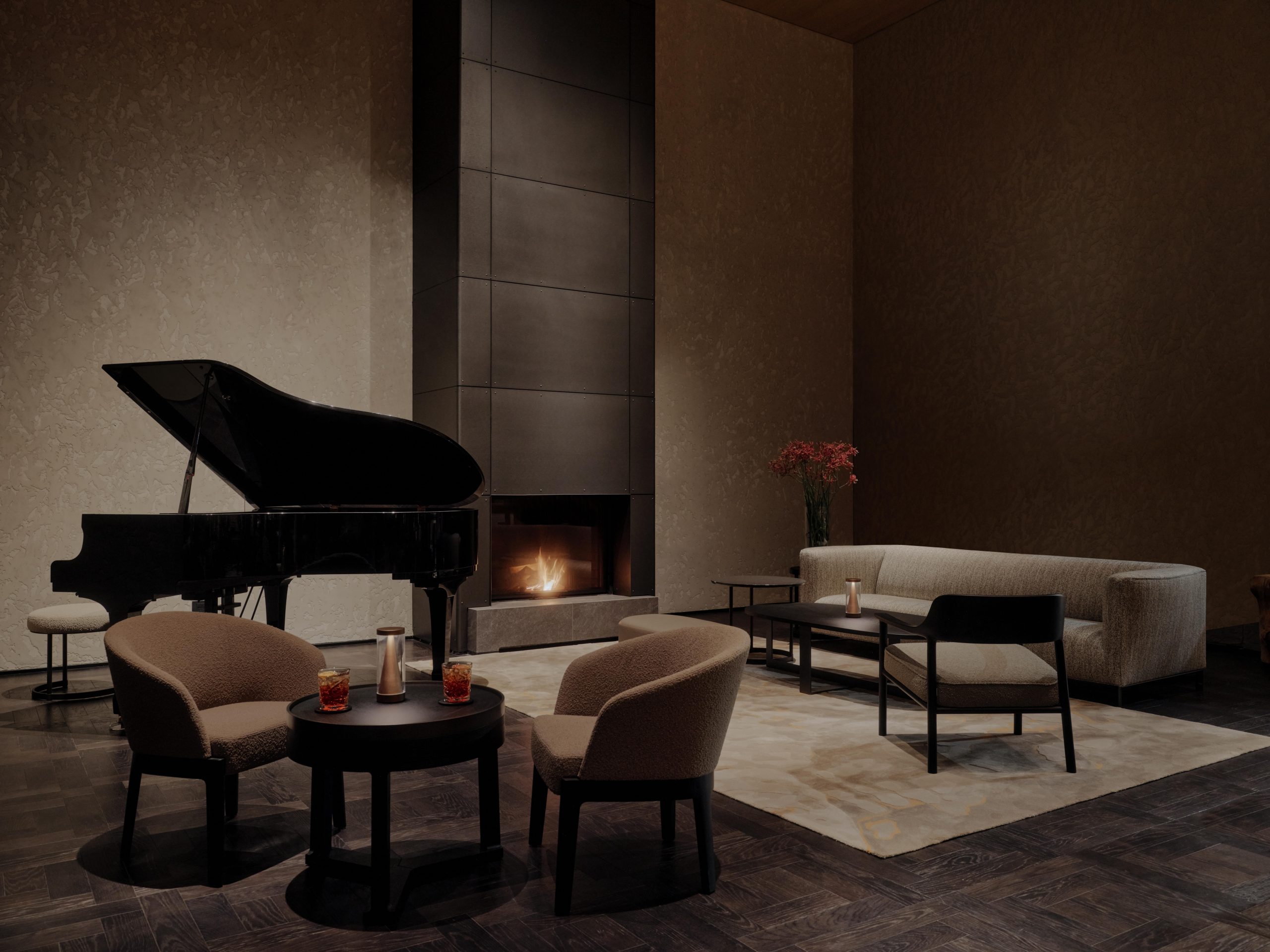





























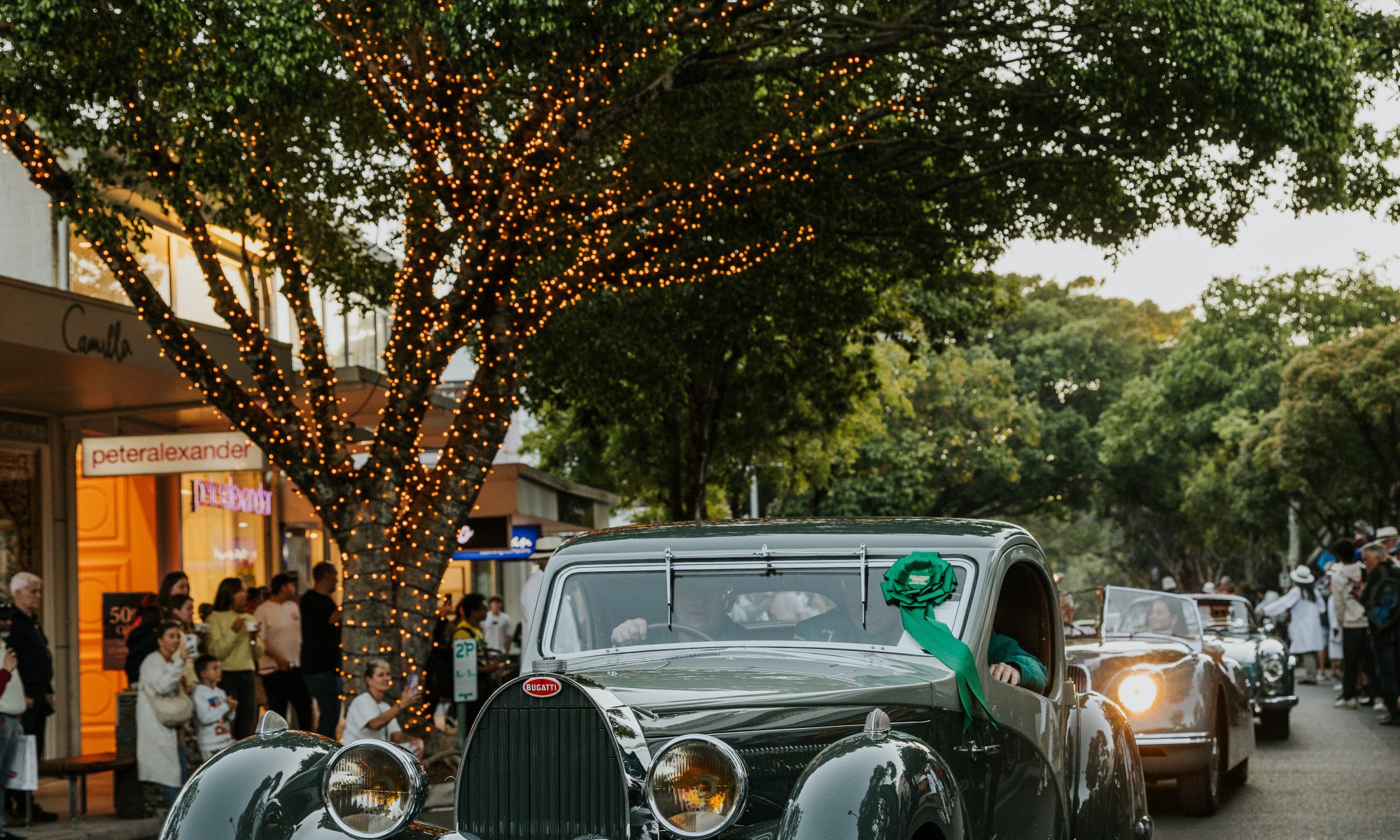
 Among the most talked-about highlights was the visceral midday ignition of a Porsche 917/30 Can-Am, whose ferocious “flat twelve” barked to life like a thunderclap, stopping both conversations and coffee spoons mid-air across the esplanade.
Among the most talked-about highlights was the visceral midday ignition of a Porsche 917/30 Can-Am, whose ferocious “flat twelve” barked to life like a thunderclap, stopping both conversations and coffee spoons mid-air across the esplanade.

 With the sun dipping behind the headlands, casting dusky pink hues over the Pacific, the 2025 Noosa Concours d’Elegance reached its final crescendo. There was no need for grand finales or fireworks; the lingering scent of high-octane fuel and the glimmer of coachbuilt chrome against the night sky were more than enough.
With the sun dipping behind the headlands, casting dusky pink hues over the Pacific, the 2025 Noosa Concours d’Elegance reached its final crescendo. There was no need for grand finales or fireworks; the lingering scent of high-octane fuel and the glimmer of coachbuilt chrome against the night sky were more than enough.






















